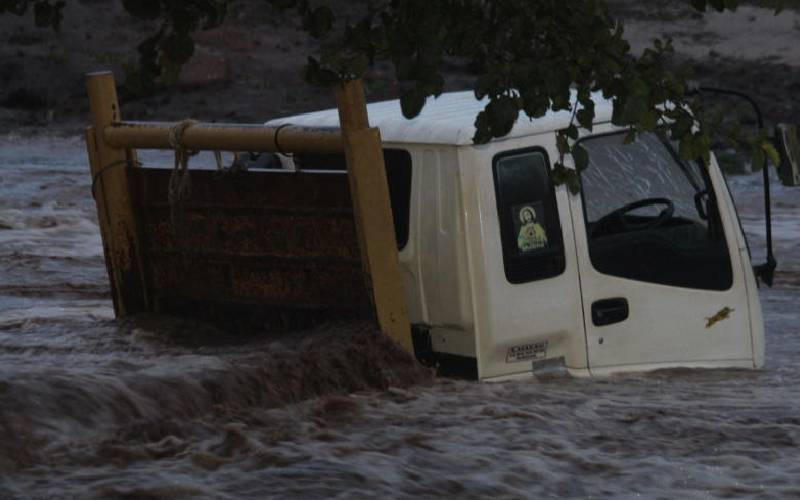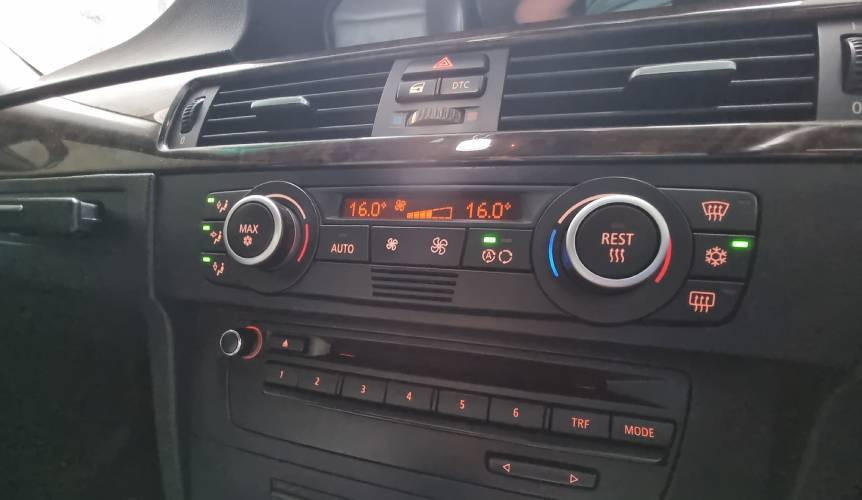
As the floods continue to ravage various parts of the country, many roads have been rendered impassible resulting in traffic disruptions.
Countless videos shared online have shown vehicles including loaded lorries and buses ferrying passengers being swept by the ferocious floods.
This week on motoring, we delve into some key factors that make vehicles vulnerable to flood waters.
Buoyancy
All vehicles are fitted with inflated tires and that makes them buoyant. It is more or less the same way a human being jumps into a swimming pool in a floater. Despite his or her weight, the air in the floater will always reign supreme.
Even a trailer loaded with tons of cement will be partially buoyant. As the water level rises, it can lift the vehicle off the ground. Scientifically, the density of water creates an upward force that reduces the effective weight of the vehicle, making it easier for the current to push it.
Center of gravity
Vehicles with a higher center of gravity, like SUVs and trucks, are more likely to be tipped over by water flow. Once a vehicle tips, the water can more easily push it along and most cases roll it over.
- Dozens of cholera cases reported in flood-hit Kenya
- 17 cases of diarrhoea reported in Kilifi IDP camp
- Indian naval ship docks with relief food and medicine
- Woman gives birth to twins at rescue camp
Keep Reading
Drag force
This is the resistance force exerted by the water flow against the vehicle, pushing it downstream. Since the tire is not completely stepping on the road, the water between the two will always take its course through the drag force.
Hydrodynamic forces
Flowing water exerts strong hydrodynamic forces on any object in its path. Lift force also plays a key role in drawing the vehicle. With reduced friction between the vehicle and the ground, the water underneath automatically creates the lift.

Loss of traction
Vehicles tend to lose traction in the floodwaters that most of the time erode and loosen the ground beneath a car. In most cases, the vehicles become easy to move with the currents considering the debris that dislodges them, as the force of water persists.
Depth and velocity of water
Deeper waters create enough buoyancy and drag to move even the heaviest vehicles. The situation can get worse if the water is deeper and faster as has been the case in the viral videos shared online.
Hydraulic waves
The sudden changes in water depth and velocity, such as hydraulic waves, do apply sudden, strong forces to a vehicle, pushing it or rolling it over.

Structural integrity
What most drivers forget is that water has a force that can damage the vehicle's structure. Once water gets into the vehicle, its structural integrity is compromised and further reduces its weight while increasing its buoyancy.
In conclusion, no matter the type of vehicle or weight being ferried, never try crossing a road that is flooded because you will only become a statistic of the unforgiving rains and floods.
Park and wait!
 The Standard Group Plc is a multi-media organization with investments in media platforms spanning newspaper print
operations, television, radio broadcasting, digital and online services. The Standard Group is recognized as a
leading multi-media house in Kenya with a key influence in matters of national and international interest.
The Standard Group Plc is a multi-media organization with investments in media platforms spanning newspaper print
operations, television, radio broadcasting, digital and online services. The Standard Group is recognized as a
leading multi-media house in Kenya with a key influence in matters of national and international interest.











